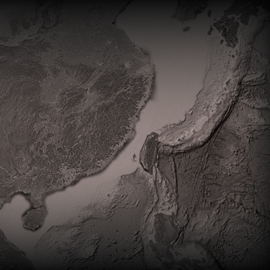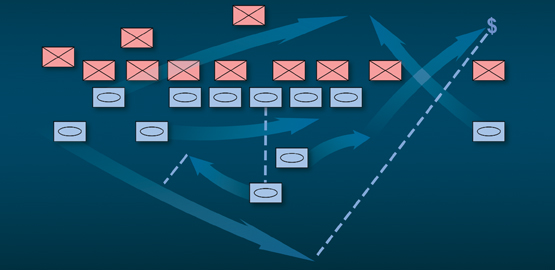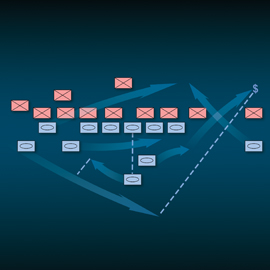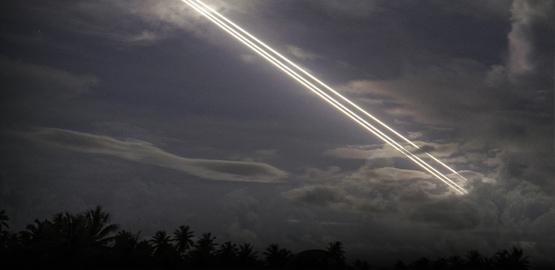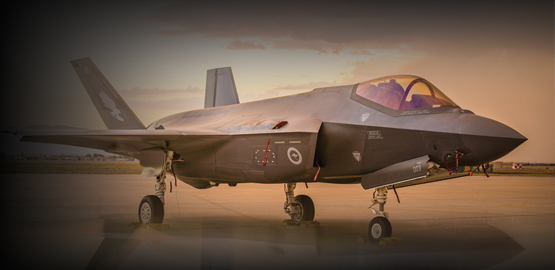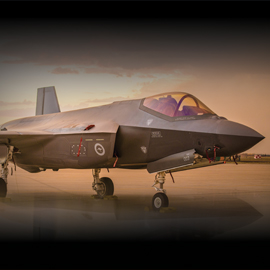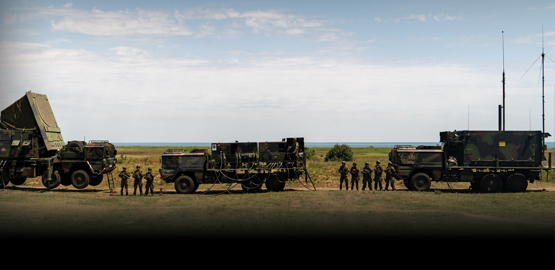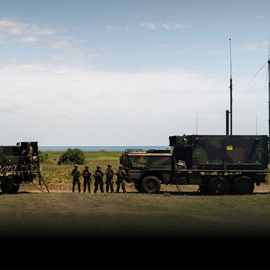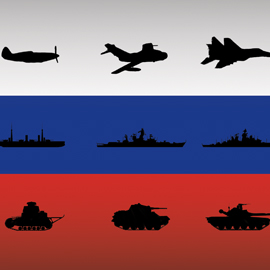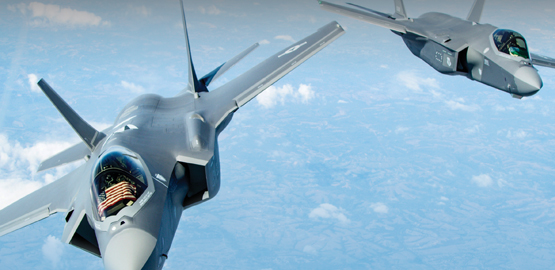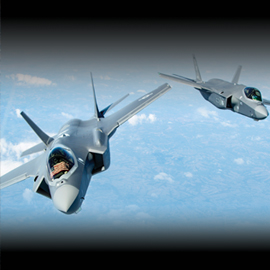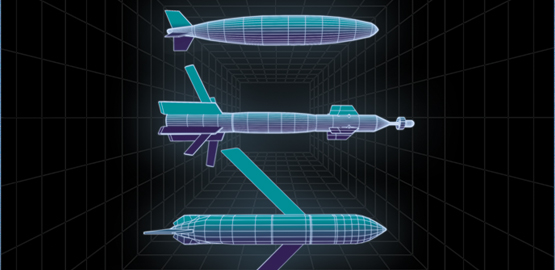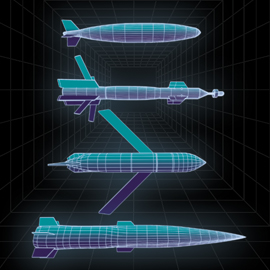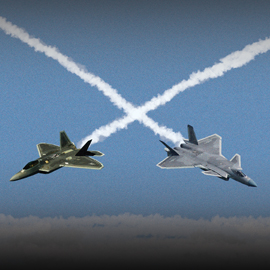Publications
"Nobody does defense policy better than CSBA. Their work on strategic and budgetary topics manages to combine first-rate quality and in-depth research with timeliness and accessibility—which is why so many professionals consider their products indispensable." – Gideon Rose, Editor of Foreign Affairs, 2010-2021
A Cooperative Strategy for the 21st Century Seapower: An Assessment
Since the end of the Cold War, the US Navy, US Marine Corps, and US Coast Guard have been in search of a new maritime strategy—a new naval Holy Grail. The first grail, revealed in 1890 in the form of Alfred Thayer Mahan’s The Influence of Seapower on History, guided the Sea Services through the end of the Second World War. Mahan’s views on sea control and his emphasis on a concentrated battle fleet were genetically encoded into generations of officers during two decades of wargaming at the Naval War College between the two world wars. Soon after World War II, however, the grail was lost during a turbulent period when America faced no real maritime challenger.
The Global War on Terrorism: An Assessment
Since September 2001, the United States and partner nations in the global war on terrorism have accomplished a great deal: eliminating the state-sponsored al Qaeda sanctuary in Afghanistan, capturing or killing scores of senior leaders and thousands of rank-and-file operatives in the jihadi movement, rolling up terrorist cells around the world, cutting off many of the funding pathways relied upon by terrorist groups, and disrupting dozens of plots. That being said, both the Salafi-Jihadi and Khomeinist branches of violent Islamic radicalism continue to make progress along their major lines of operation discussed in Chapters II and III in pursuit of their strategic objectives. The United States does not appear to have weakened the jihadis’ will or their ability to inspire and regenerate.
A New Global Defense Posture For the Second Transoceanic Era
If national strategy defines US intent in its approach toward global affairs and provides focus for American foreign policy, then the US global defense (military) posture reflects the US capability to project military power beyond its borders and across transoceanic ranges in support of US national security policy objectives. The United States thus adopts and maintains a global military posture as an indispensable means of securing its national interests.
The Quadrennial Defense Review: Rethinking the US Military Posture
This report provides a point-of-departure framework for developing a post-9/11 defense posture. Its purpose is to assist those charged either with crafting the 2005 Quadrennial Defense Review (QDR) or evaluating it.
Operation Iraqi Freedom: A First-Blush Assessment
This paper offers a first-blush assessment of the coalition campaign against Saddam Hussein’s regime that began on March 19, 2003, and was declared completed by President George W. Bush on May 1, 2003. Given the lack of comprehensive data on coalition operations and the tentative nature of much of the data thus far made public, many of the “lessons” or implications that follow must be regarded as preliminary. A thorough independent assessment of the conflict is needed, similar to the Gulf War Air Power Survey commissioned by the US Air Force after Operation Desert Storm. Moreover, any assessment of Operation Iraqi Freedom should focus on how the experience of this war will influence future military competitions. The following are among the war’s potential implications for US military planners:
Preemption in Iraq: Rationale, Risks, and Requirements
This report addresses the issue of the United States pursuing a preventive war (or what the Bush Administration has labeled “preemptive” war) against Iraq. Preventive wars and attacks are relatively rare in history, and for good reason. Any war is a risky proposition. Choosing to assume that risk by initiating conflict is something that states have done typically with great reluctance. Nevertheless, a strong case can be made for launching a preventive war against Iraq.

